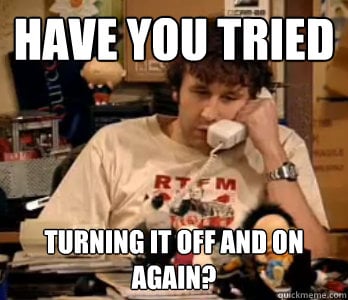- Joined
- Feb 2, 2010
- Messages
- 399
- Reaction score
- 361
stats stats stats. I have a stats question. I posted this in the talkstats forum but I wanted to see if anyone here had thoughts. Any help is much appreciated.
I'm using the PROCESS macro and applying the Johnson-Neyman technique to some simple moderation analyses. I'm not quite sure what to make of some of my results. My results indicate the interaction between X and the moderator is not significant but the conditional effects of X on Y at -1SD, M, and +1SD values of my moderator are significant AND the Johnson-Neyman technique is identifying significant regions. How is that possible?
I can understand how the conditional effects at different values of the moderator could not be significant and still have the Johnson-Neyman pick up regions of significance (interaction could be significant at values outside -1SD or +1SD of the moderator). But how can the overall interaction not be significant?
I thought of a couple explanations... maybe the interaction is significant at really high or low values of my moderator but there's not enough people with these values. I checked and this isn't the case. One other possible reason: I'm including covariates in the model so maybe the interaction is not significant with the covariates but is significant without the covariates.
I welcome any thoughts. Should I interpret these interactions?
I'm using the PROCESS macro and applying the Johnson-Neyman technique to some simple moderation analyses. I'm not quite sure what to make of some of my results. My results indicate the interaction between X and the moderator is not significant but the conditional effects of X on Y at -1SD, M, and +1SD values of my moderator are significant AND the Johnson-Neyman technique is identifying significant regions. How is that possible?
I can understand how the conditional effects at different values of the moderator could not be significant and still have the Johnson-Neyman pick up regions of significance (interaction could be significant at values outside -1SD or +1SD of the moderator). But how can the overall interaction not be significant?
I thought of a couple explanations... maybe the interaction is significant at really high or low values of my moderator but there's not enough people with these values. I checked and this isn't the case. One other possible reason: I'm including covariates in the model so maybe the interaction is not significant with the covariates but is significant without the covariates.
I welcome any thoughts. Should I interpret these interactions?

